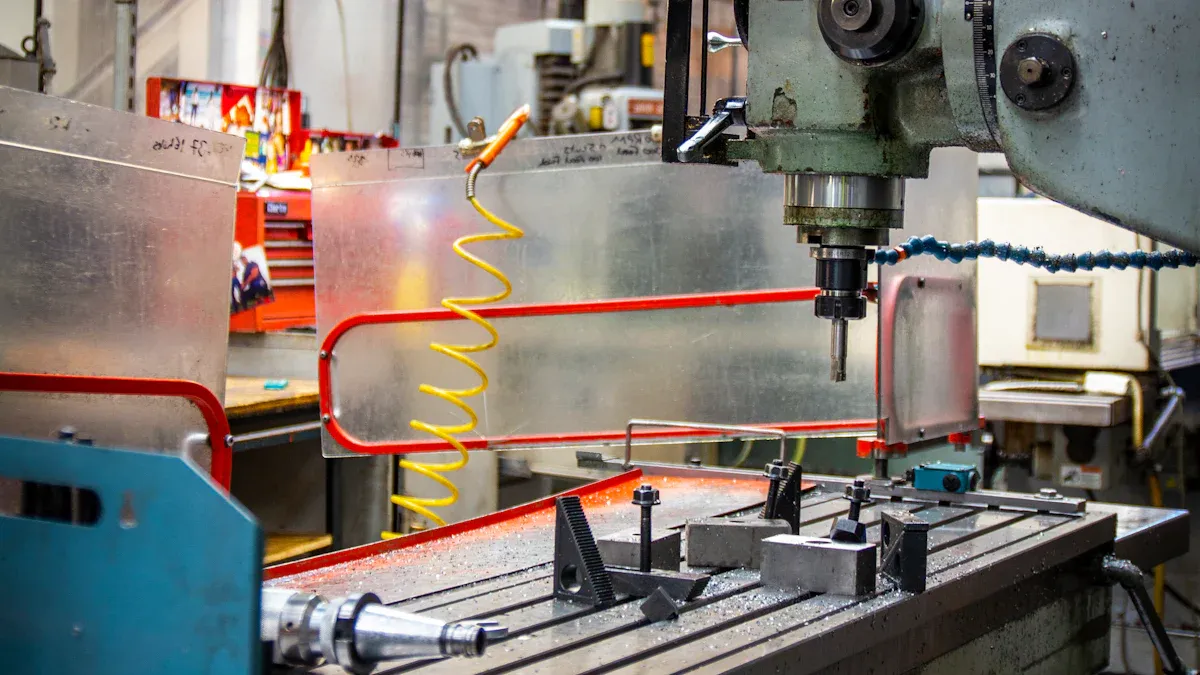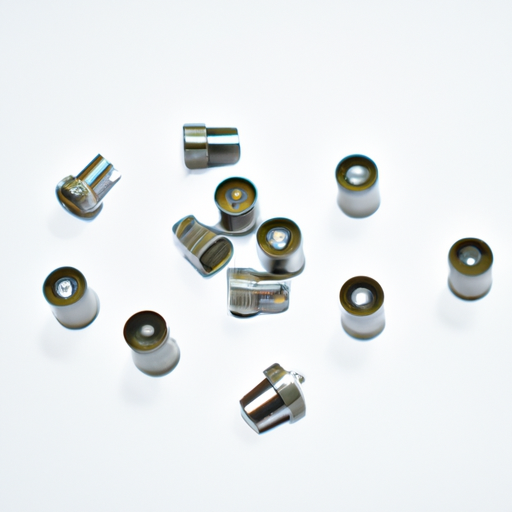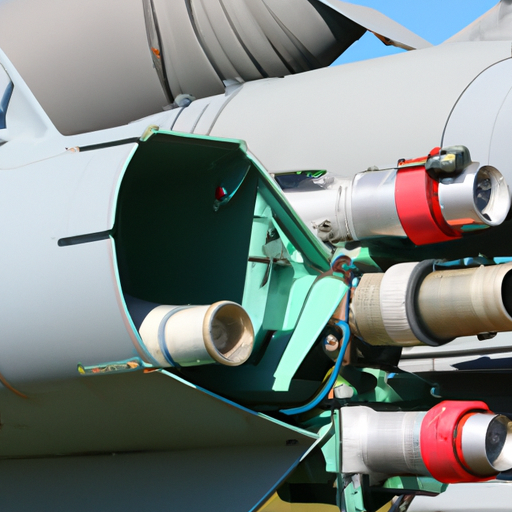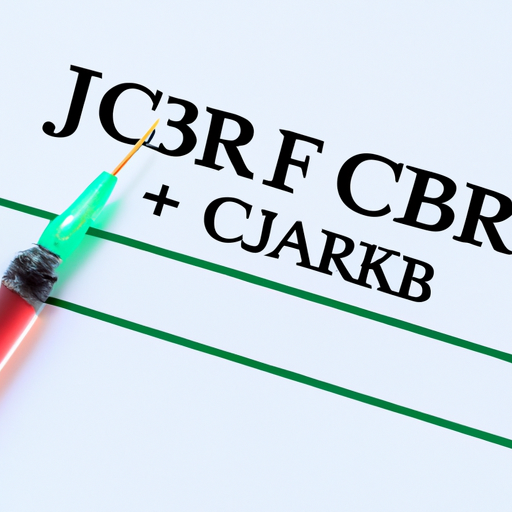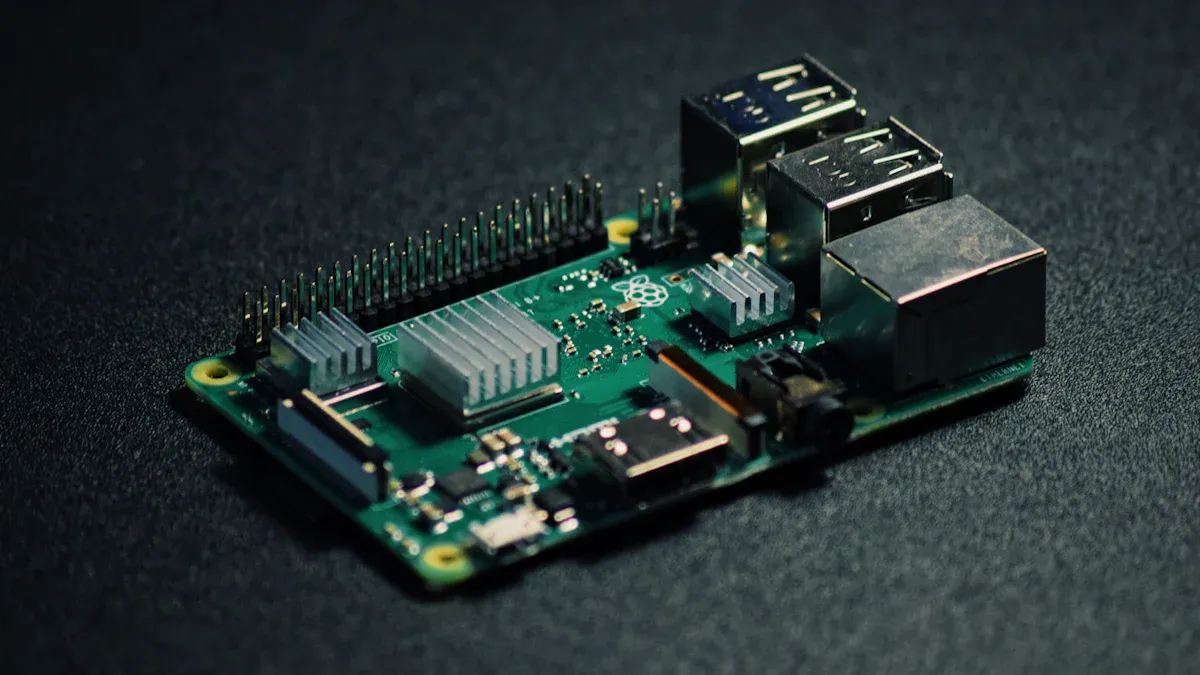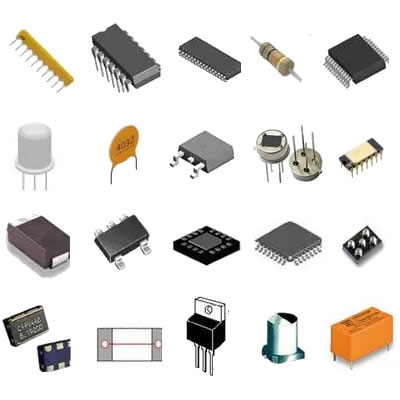What are the common production processes of ECS-F1CE225K?
What are the common production processes of ECS-F1CE225K?
The ECS-F1CE225K undergoes several essential steps to ensure its quality and performance. These common production processes include material selection, component assembly, quality testing, and packaging. Each step plays a critical role in creating a reliable product. By focusing on precision and consistency, manufacturers ensure the ECS-F1CE225K meets high standards.
Key Takeaways
- Choosing the right materials is very important. Good materials make ECS-F1CE225K work well and last longer.
- Careful assembly of parts is key. Modern machines and tools make the product perfect.
- Strict testing checks safety and performance. Every unit is tested to meet high rules.
Common Production Processes of ECS-F1CE225K
### Material Selection
The first step in the common production processes of ECS-F1CE225K involves choosing the right materials. Manufacturers carefully evaluate raw materials to ensure they meet strict quality standards. You might wonder why this step is so important. The answer lies in the product's performance and durability. High-quality materials ensure the ECS-F1CE225K can withstand various conditions and deliver consistent results. Suppliers are often vetted thoroughly to guarantee reliability. By focusing on material selection, you can trust that the product starts with a strong foundation.
Component Assembly Once the materials are ready, the next step is assembling the components. This process requires precision and attention to detail. Manufacturers use advanced tools and techniques to connect each part seamlessly. You might find it interesting that automation plays a big role here. Machines handle repetitive tasks, while skilled workers oversee the process to ensure accuracy. Proper assembly ensures the ECS-F1CE225K functions as intended without any flaws.
Quality Testing and Inspection After assembly, the product undergoes rigorous quality testing. This step ensures the ECS-F1CE225K meets performance and safety standards. You can think of it as a checkpoint where every unit is inspected for defects. Manufacturers use advanced testing equipment to simulate real-world conditions. If a product fails, it is either fixed or discarded. This process guarantees that only reliable units reach you.
Packaging and Final Preparation The final step in the common production processes is packaging. Manufacturers design packaging to protect the product during transportation. You might notice that the packaging also includes important information, such as specifications and instructions. Proper packaging ensures the ECS-F1CE225K arrives in perfect condition, ready for use.
Technologies and Innovations in ECS-F1CE225K Manufacturing
### Advanced Machinery and Automation
Automation plays a vital role in the production of ECS-F1CE225K. You’ll find that advanced machinery handles repetitive tasks with unmatched precision. This ensures every unit meets the same high-quality standards. For example:
- Automation streamlines production, reducing errors and improving efficiency.
- Additive manufacturing techniques allow for compact and efficient designs.
- Precision engineering ensures consistent quality across all units.
These innovations not only enhance the speed of production but also minimize waste, aligning with sustainable manufacturing practices. By leveraging automation, manufacturers can deliver reliable products while keeping costs under control.
Precision Engineering Techniques Precision engineering is critical in creating a product like the ECS-F1CE225K. This process focuses on achieving exact measurements and flawless assembly. You might be surprised to learn that advanced fabrication methods, such as additive manufacturing, are used to create more compact and efficient designs. These techniques also improve the component’s functionality and reduce production costs. By ensuring every detail is perfect, precision engineering guarantees the ECS-F1CE225K performs reliably in various applications.
Quality Control Technologies Quality control technologies ensure the ECS-F1CE225K meets strict performance standards. Manufacturers use cutting-edge equipment to inspect each unit for defects. These technologies simulate real-world conditions, allowing you to trust the product’s durability and efficiency. Innovations in material science also play a role here. [Advanced composites enhance resistance to wear and tear](https://www.heisener.com/ProductDetail/ECS-F1CE225K), enabling the ECS-F1CE225K to operate reliably even in extreme environments. With these technologies, manufacturers maintain the high standards expected from the ECS-F1CE225K.
Challenges and Solutions in the Manufacturing Process
### Material Sourcing Challenges
Material sourcing can be a significant hurdle in manufacturing the ECS-F1CE225K. You may wonder why this step is so challenging. The answer lies in the need for high-quality materials that meet strict performance standards. Manufacturers often face difficulties in finding reliable suppliers or securing rare materials. To overcome these challenges, they adopt innovative strategies:
- Incorporating advanced composites to improve durability and resistance to wear.
- Using cutting-edge fabrication methods like additive manufacturing for compact designs.
- Exploring sustainable materials to reduce dependency on scarce resources.
These solutions not only address sourcing issues but also enhance the product's performance and longevity.
Ensuring Consistency in Production Maintaining consistency during production is crucial for the ECS-F1CE225K. You might think of this as ensuring every unit performs exactly the same. Automation plays a key role here. Machines handle repetitive tasks with precision, reducing human error. Precision engineering techniques also help streamline production. By minimizing variations, manufacturers ensure the ECS-F1CE225K delivers stable energy output and precise voltage control. This consistency improves the reliability of connected devices and reduces maintenance needs.
> **Tip:** Consistent production practices also minimize waste, aligning with sustainable manufacturing goals.
Addressing Quality Control Issues Quality control ensures the ECS-F1CE225K meets high standards before reaching you. However, detecting defects in complex components can be challenging. Manufacturers use advanced testing technologies to simulate real-world conditions. These tests verify the product's ability to adapt to power demand changes without compromising performance. By minimizing energy wastage and heat generation, the ECS-F1CE225K operates efficiently and prevents damage to connected systems. This rigorous quality control process guarantees a reliable product that enhances system performance and sustainability.
The common production processes of ECS-F1CE225K ensure its reliability and performance. These steps stabilize energy output, control voltage precisely, and filter electrical noise effectively. Advanced technologies like automation and additive manufacturing streamline production while maintaining quality. By integrating sustainable practices, manufacturers overcome challenges and deliver a product that supports consistent power delivery and system longevity.
FAQ
### What makes the ECS-F1CE225K reliable for various applications?
Manufacturers use high-quality materials and precision engineering. These ensure durability, consistent performance, and adaptability to different environments.

